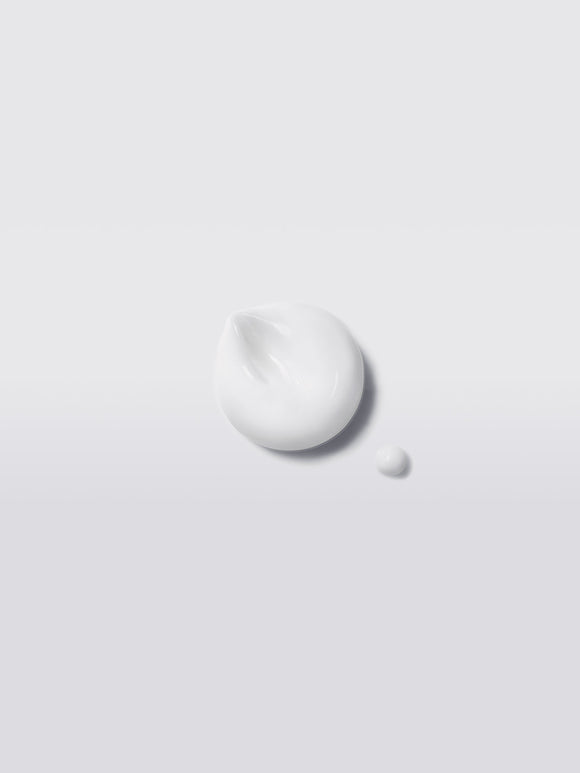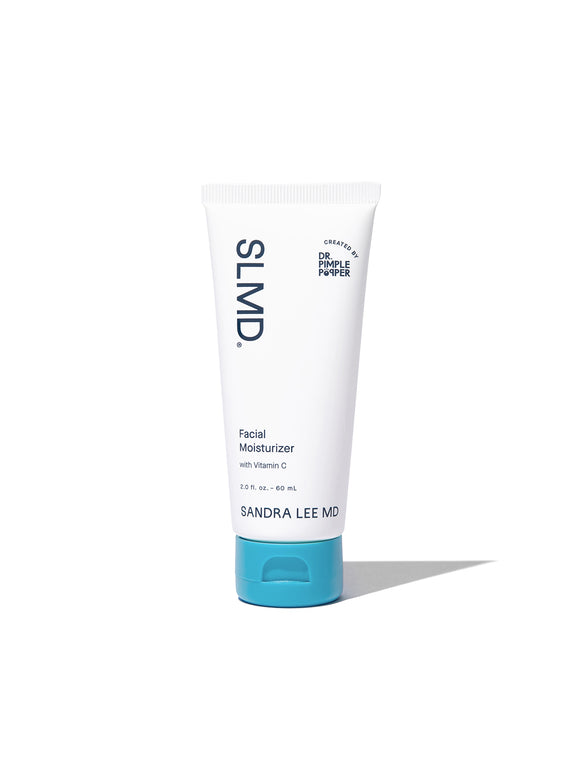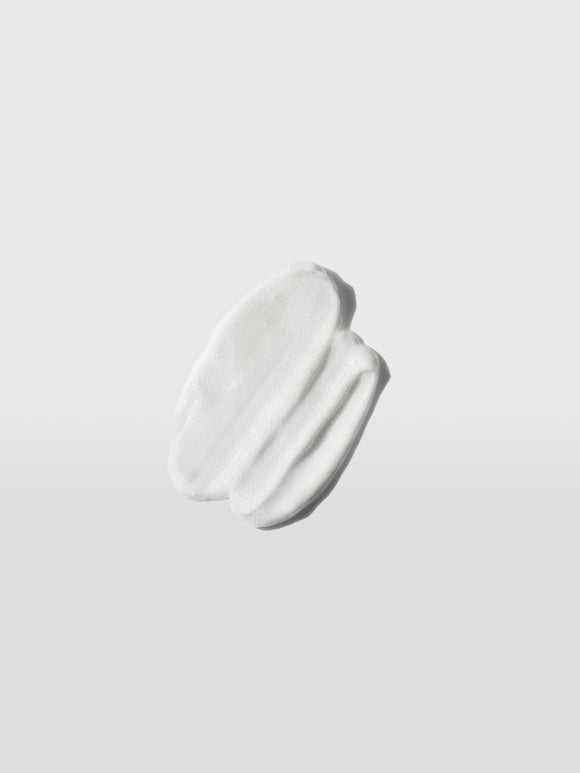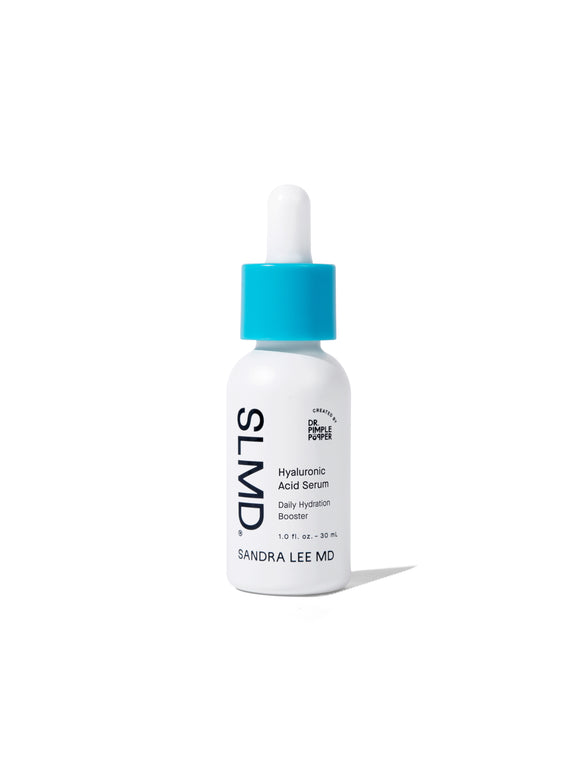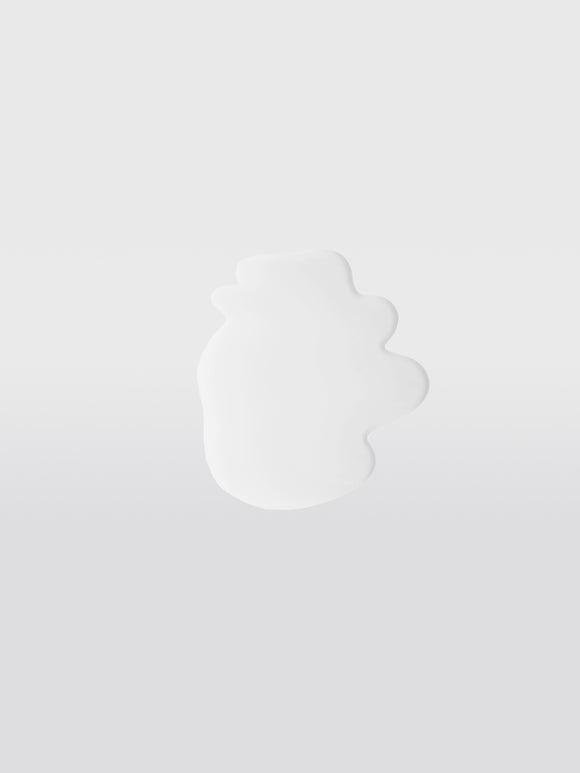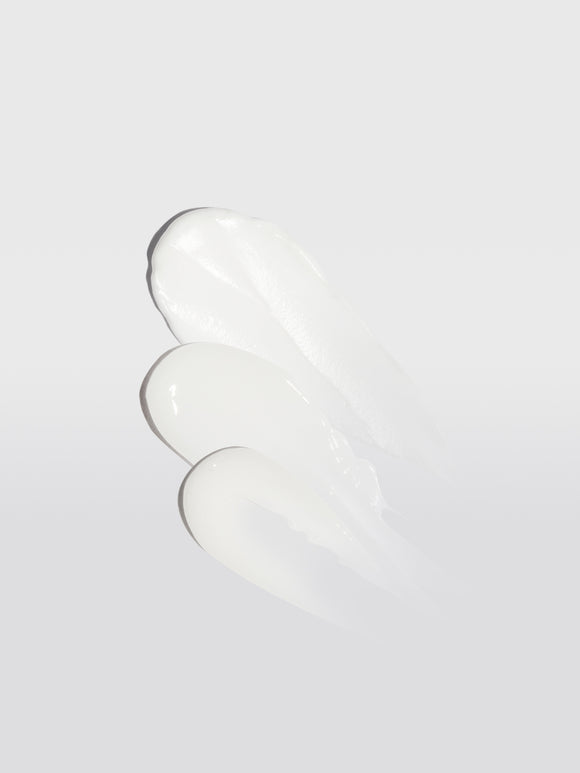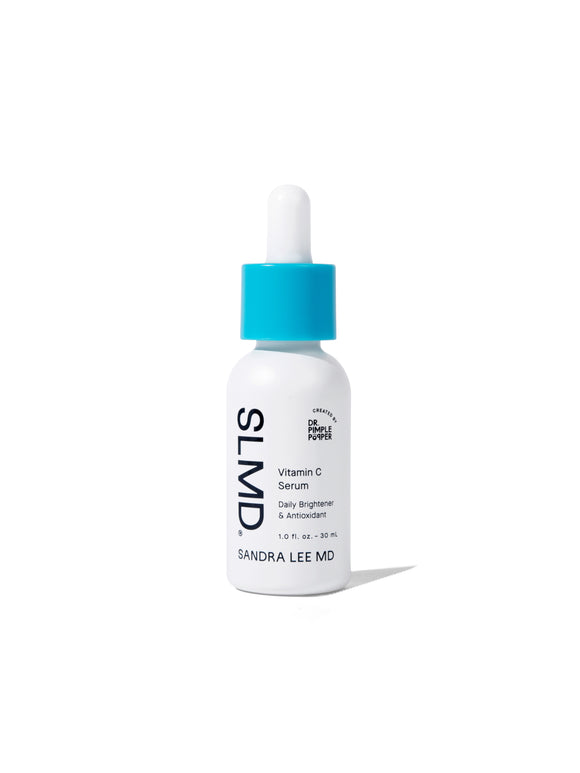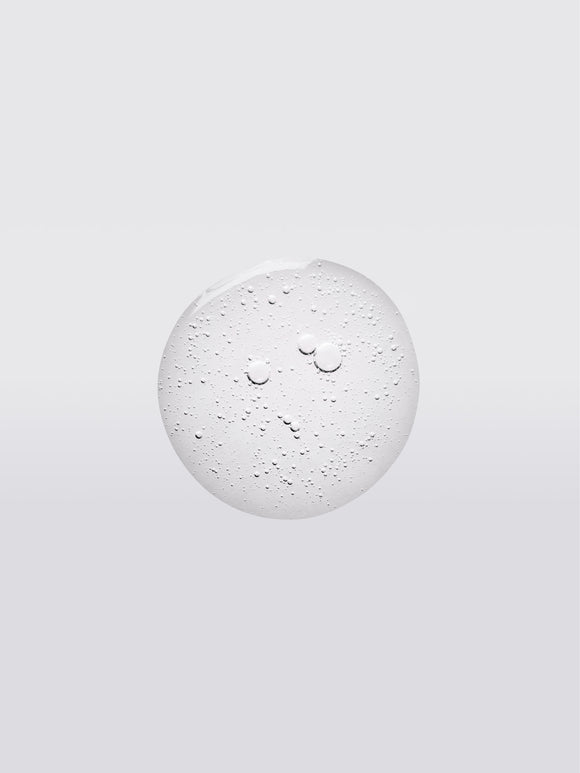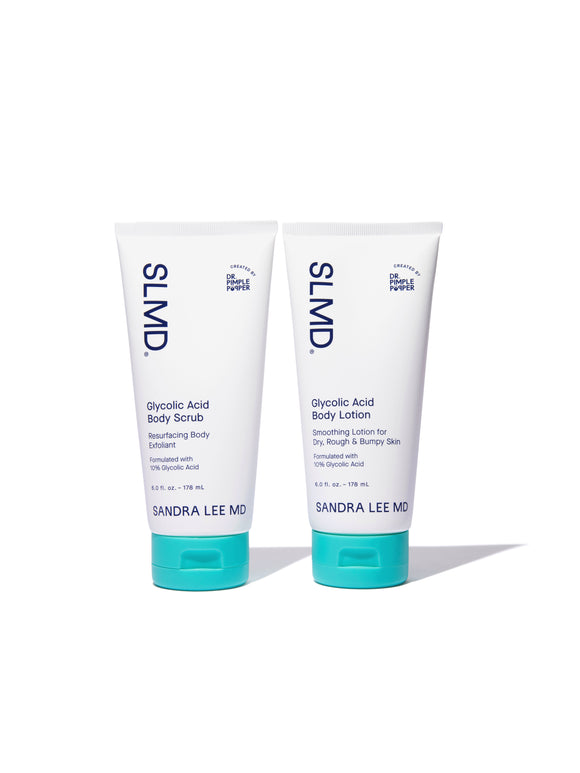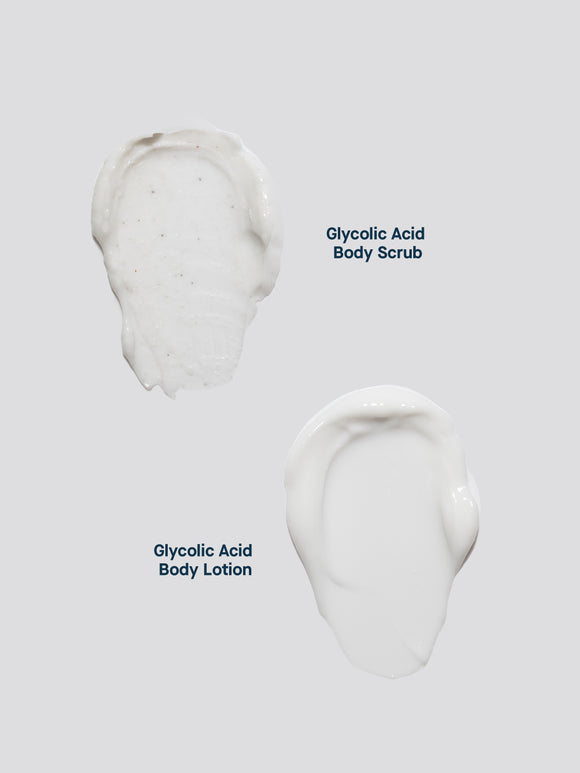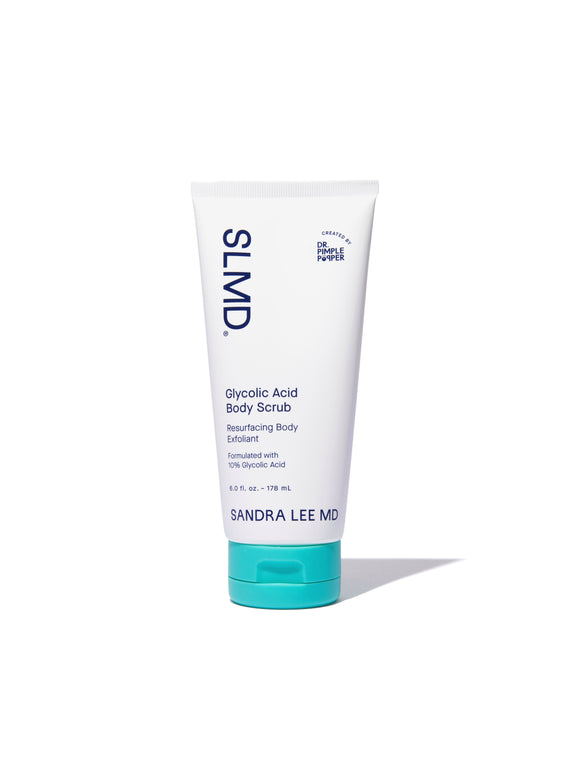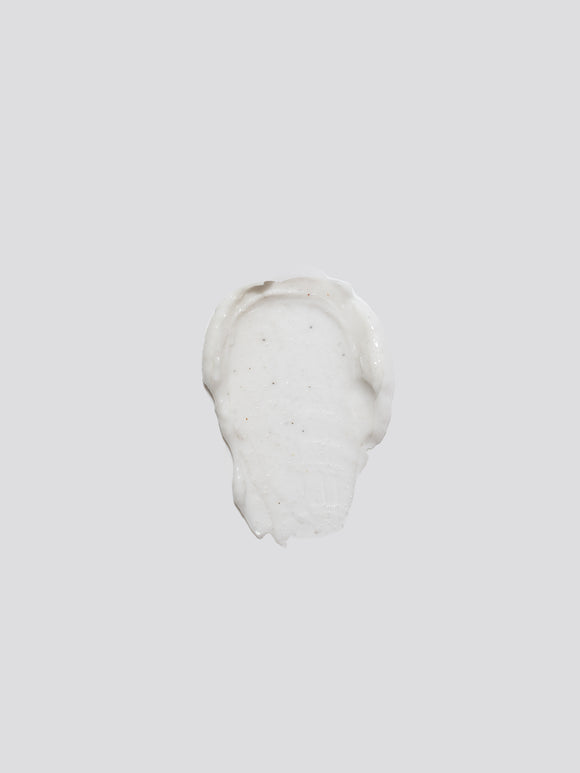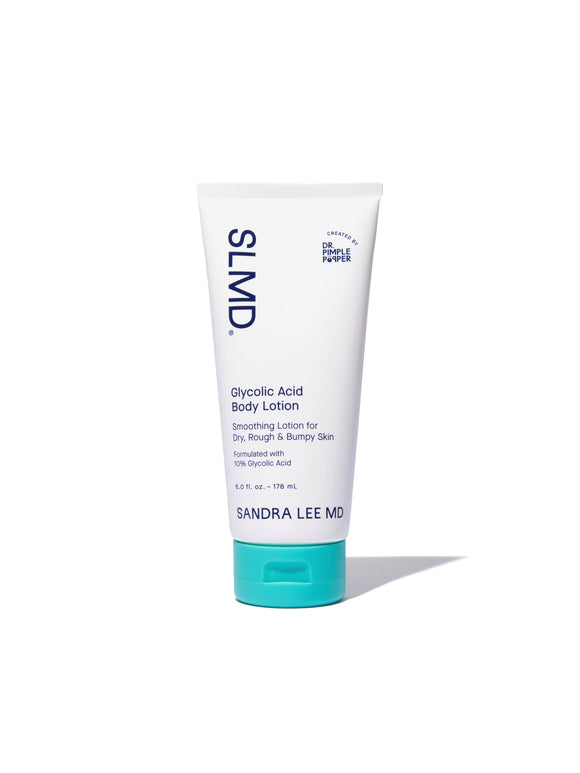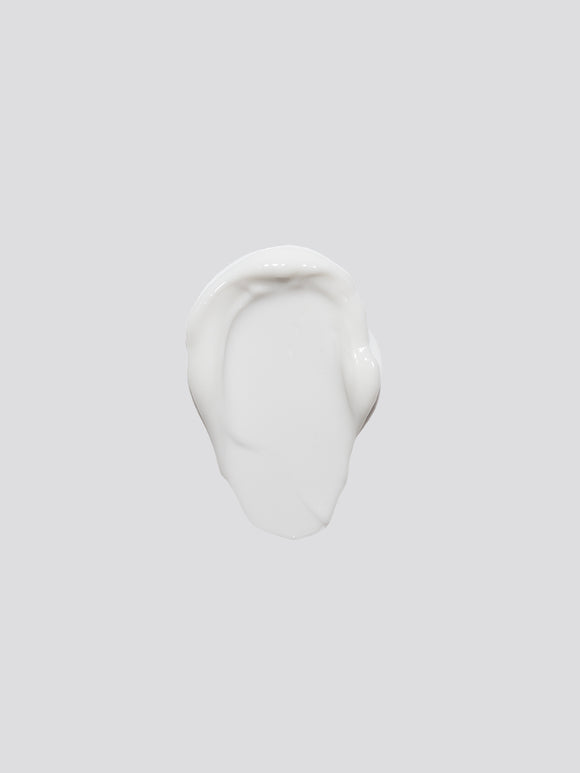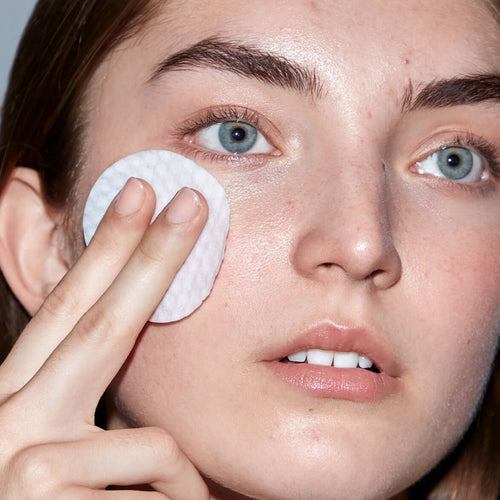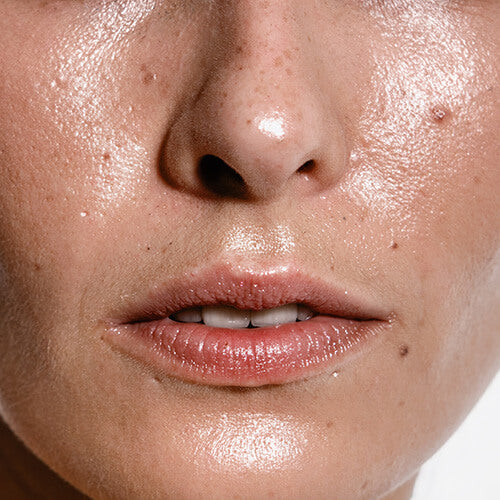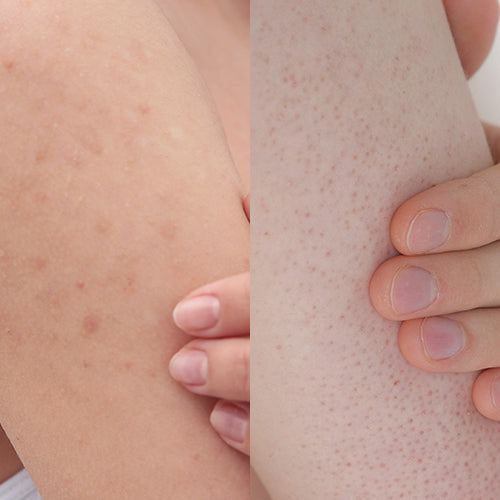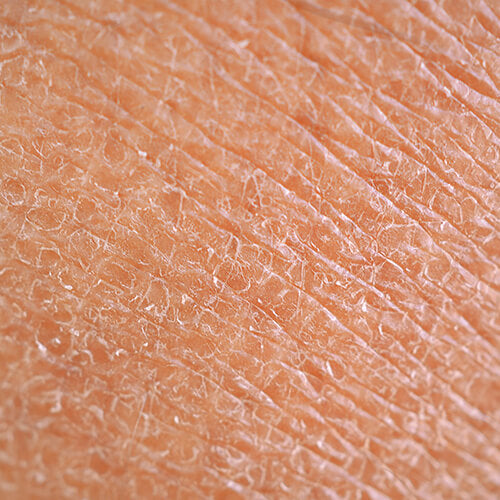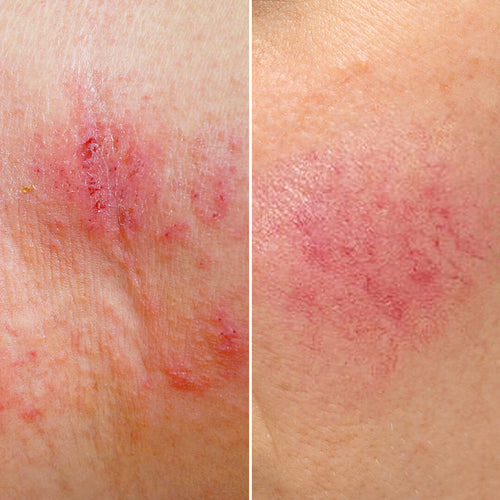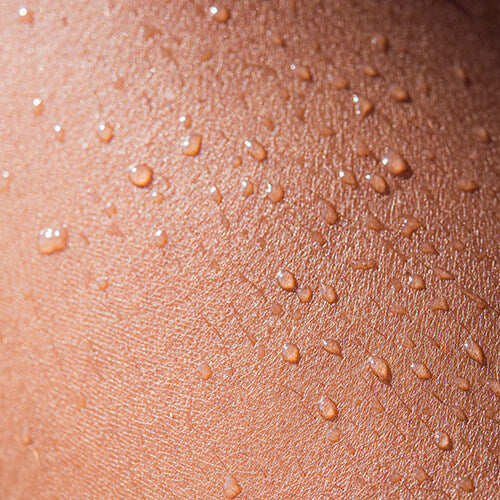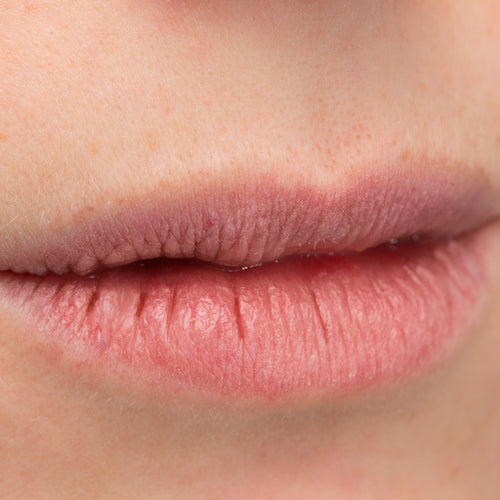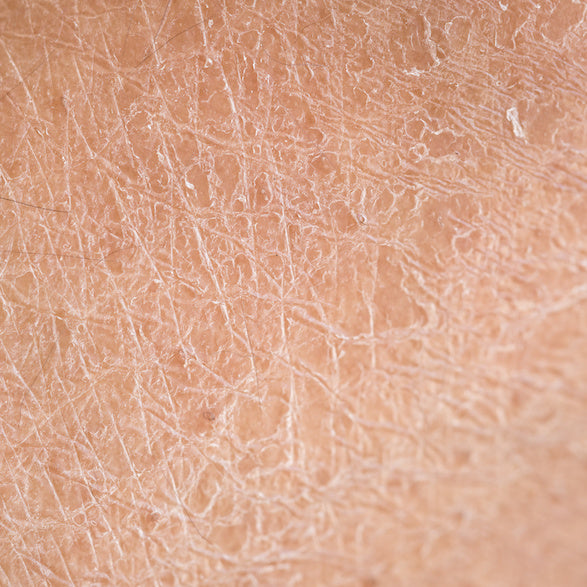
Dry vs. Dehydrated Skin: Dr. Pimple Popper Explains the Difference
How to tell when your skin needs hydration, and when it needs moisturizer.
Published:
5 minute read
Cracked, flaky, peeling skin just means it’s dry, right? Not necessarily. Just because your face feels like the Sahara Desert doesn’t mean it’s simply dry—it might actually be dehydrated, meaning it lacks water, not oil. Whether your skin is flaky and tight or oily yet dull, understanding whether it’s dehydrated or dry is crucial for choosing the right treatment.
Many of us assume that tight, flaky skin needs just a heavy moisturizer, but it could actually be calling for hydration. Let’s break down the key differences between hydrating and moisturizing, so you can give your skin exactly what it needs to look and feel its best.
Article Quick Links
Signs your skin is dry
Dry skin lacks oil, which affects its ability to retain moisture. If your skin is dry, you may notice:
- A noticeable lack of sebum (oil) that makes skin look dull
- Redness or irritation, often accompanied by flaking and itchiness
- A tight, uncomfortable feeling, especially after cleansing
- Rough texture, with visible flakes and dullness
Best treatment for dry skin
To combat dry skin, focus on locking in moisture and strengthening the skin’s natural barrier. Here are Dr. Lee's favorite dry skin hacks:
- Moisturize consistently: Opt for moisturizers with hyaluronic acid or glycerin to draw in moisture, and seal it with emollients like shea butter or squalane. Occlusives like petrolatum help prevent water loss. Try: SLMD Facial Moisturizer with Vitamin C, Hyaluronic Acid Serum
- Strengthen the skin barrier: Use ingredients like niacinamide to improve elasticity and regulate oil production. Ceramides are also crucial for reinforcing the skin’s barrier and preventing moisture loss. Try: SLMD Vitamin C Serum
- Hydrate from within: Stay hydrated by drinking enough water and incorporating healthy fats (like those in avocados, salmon, and nuts) into your diet for overall skin health.
- Use sunscreen daily: UV exposure can worsen dryness. Apply a broad-spectrum sunscreen with at least SPF 15 to protect your skin. Try: SLMD Daily Moisturizer with SPF 15
- Exfoliate gently: Use exfoliants like glycolic acid or lactic acid to remove dead skin cells without over-exfoliating, which can weaken the skin barrier.
Dr. Pimple Popper's Dry + Dehydrated Skin Picks
Signs your skin is dehydrated
Dehydrated skin lacks water, which can cause it to act out in unexpected ways. Look for these signs:
- Your skin feels both oily and dry at the same time
- Fine lines and wrinkles appear more pronounced
- Your skin looks dull and congested, with occasional flakiness
- Sudden breakouts and changes in texture are common
Best treatment for dehydrated skin
Replenishing water in your skin is key when dealing with dehydration:
- Drink plenty of water and eat a diet rich in omega-3 fats (avocados, salmon, nuts) to boost skin health from within.
- Use lukewarm water when washing your face, as hot water can strip your skin of essential moisture.
- Hydrate and moisturize with products that contain humectants (like hyaluronic acid and beta glucan), which draw water into the skin. Try: SLMD Hyaluronic Acid Moisturizer
Causes of dry and dehydrated skin
Dry skin can be caused by a variety of factors:
- Environmental conditions like cold, dry weather or indoor heating
- Overuse of harsh cleansers or long, hot showers
- Skin conditions such as eczema or psoriasis
Dehydrated skin often results from lifestyle factors:
- Insufficient water intake
- Excessive caffeine or alcohol consumption, which can deplete skin moisture
- Over-exfoliating or using products that strip the skin’s natural oils
Dr. Sandra Lee’s guide to layering hydration and moisture
To achieve healthy, glowing skin, it’s essential to layer your products in the right order. Here’s how Dr. Sandra Lee recommends you approach hydrating and moisturizing for maximum effectiveness:
- Start with hydration: After cleansing, your skin is primed to absorb moisture. Apply a hydrating serum with ingredients like hyaluronic acid, glycerin, or aloe vera, which draw water into the skin and boost hydration levels, leaving it plump and refreshed.
- Seal in the moisture: Once you’ve hydrated, it’s crucial to lock in that hydration with a moisturizer. Look for moisturizers containing squalane, shea butter, or ceramides, which help balance oil production, nourish the skin, and prevent water loss throughout the day.
- Hydrate and moisturize your body: After a shower, your skin is most receptive to absorbing moisture. Gently exfoliate with a body scrub to remove dead skin cells, then apply a body lotion with ingredients like glycerin or ceramides to lock in hydration and keep your skin smooth and soft. Try: SLMD Glycolic Acid Body Scrub, SLMD Glycolic Acid Body Lotion
Dr. Pimple Popper's Dry & Dehydrated Body Skin Fixes
How to adjust your skincare routine for seasonal changes
Your skin’s needs change with the seasons:
- Winter months: Cold air and indoor heating can dry out your skin. Opt for richer, oil-based moisturizers to prevent water loss.
- Summer months: In humid conditions, lighter, water-based hydrating products will help keep your skin balanced without clogging pores.
Dr. Pimple Popper answers your hydrating vs. moisturizing FAQ
Q: How do I know if my skin is dehydrated or dry?
A: Dry skin lacks oil and feels tight, flaky, and rough, while dehydrated skin lacks water and may feel oily but look dull with fine lines. Try the “pinch test” to check for dehydration—if the skin doesn't bounce back immediately, it’s likely dehydrated.
Q: Can oily skin be dehydrated?
A: Yes! Dehydrated skin compensates by producing more oil, so it’s possible to have oily yet dehydrated skin. Using a product like SLMD Hyaluronic Acid Serum can hydrate without adding excess oil.
Q: Should I use hydrating or moisturizing products first?
A: Always apply hydrating products like serums first, then follow with a moisturizer to seal in the hydration.
Q: How often should I use a moisturizer if I have dry skin?
A: Moisturize at least twice a day—morning and night. If your skin feels tight or flaky during the day, don’t hesitate to reapply.

Dr. Lee's Last Word
When we talk about having dry skin, what we're typically talking about is skin that doesn't produce a lot of natural oils. But your skin can also be dehydrated, meaning it's not getting enough water, or it's losing water too quickly. I always encourage patients to make sure they're eating a balanced diet, drinking enough water, and using products that can help draw water into skin (like hyaluronic acid) and seal in moisture.




